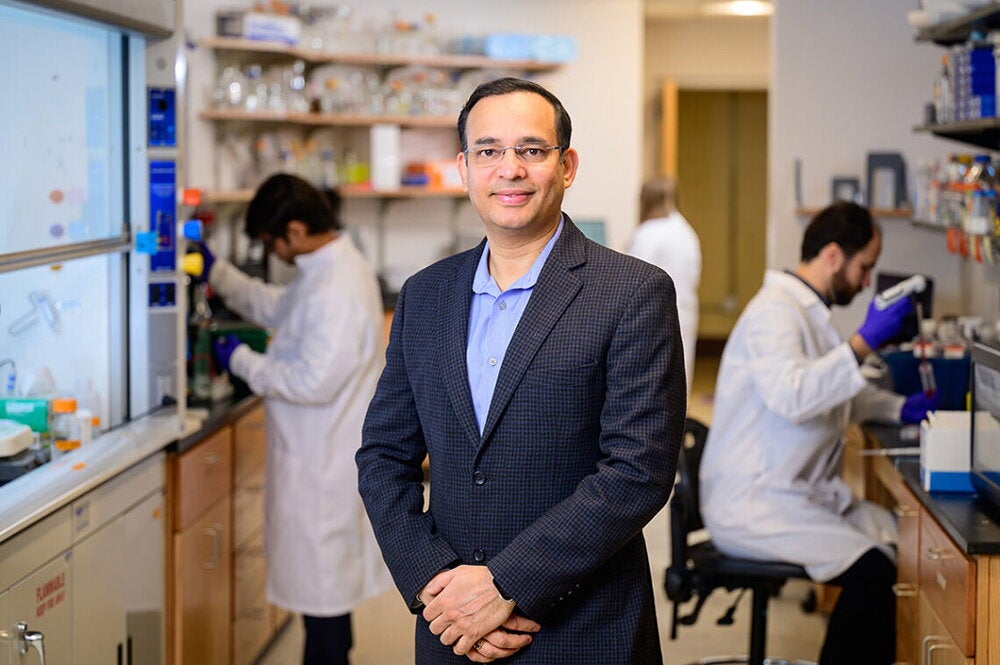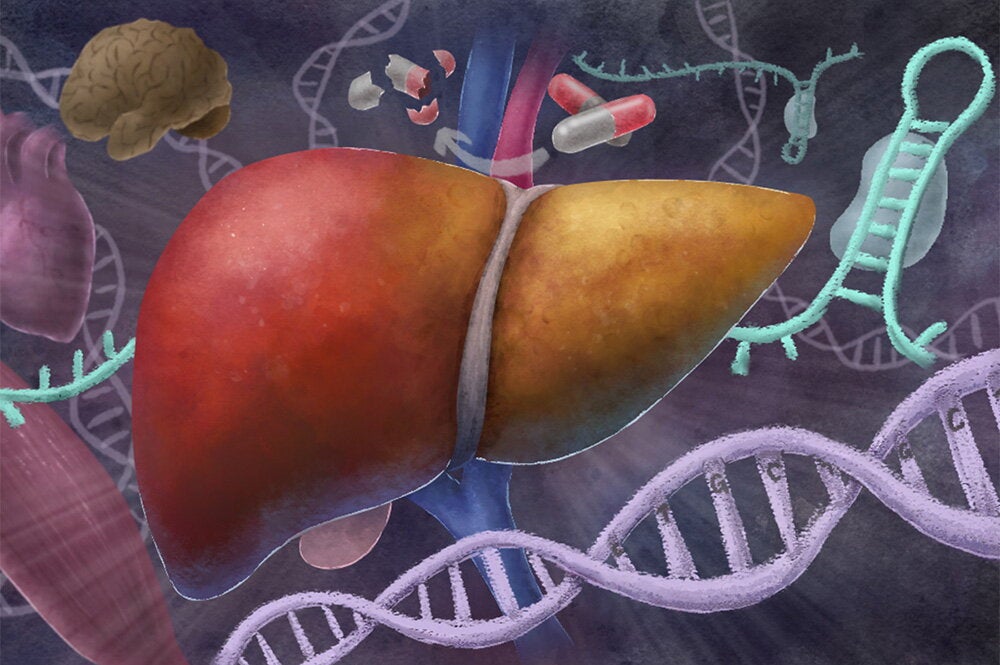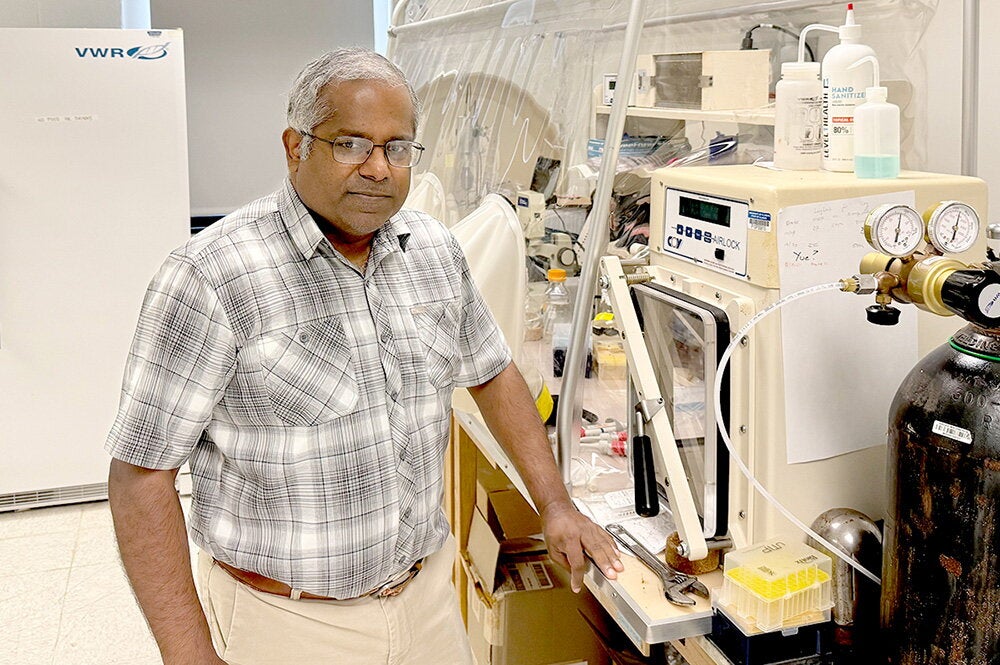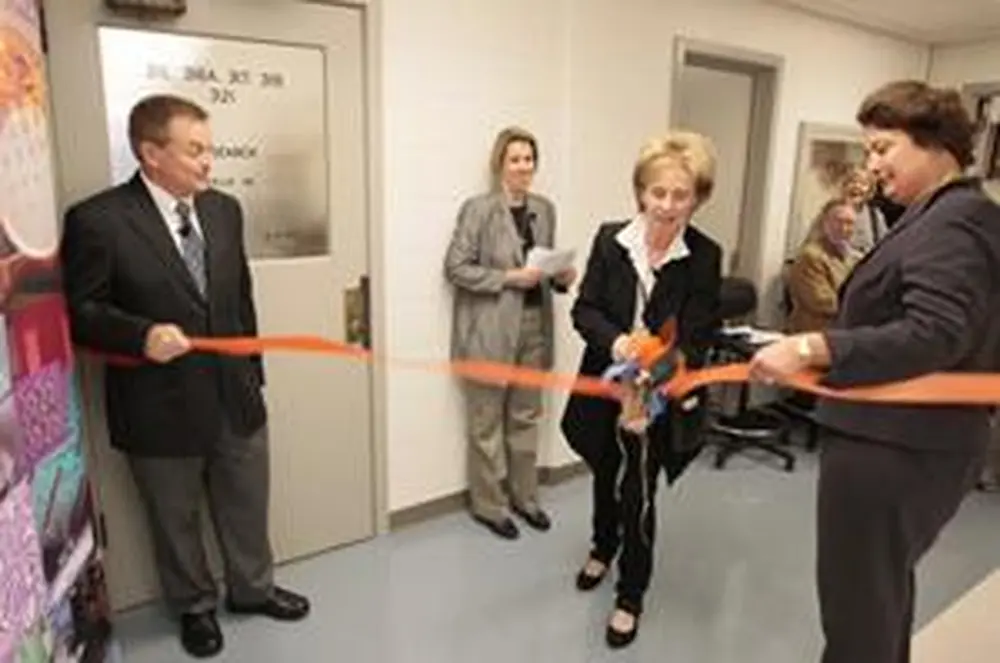
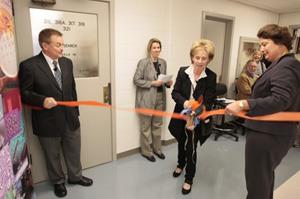
Homecoming 2009 was a special one in historic Roger Adams Laboratory, as the weekend marked the completion of the first phase of a multimillion-dollar effort to revitalize laboratories and research support for biochemical research.
A ribbon-cutting ceremony celebrated $8 million in upgrades that required two years to complete. The work, sponsored by the campus and the College of Liberal Arts and Sciences, included massive infrastructure updates throughout two floors and the addition of new biomedical research laboratories. It is part of a five-stage renovation that is ongoing.
Guests heard talks by college and department officials and received a guided tour of the renovated space. The goal has been to ensure that ground-breaking biochemistry research continues at the University of Illinois.
“Completion on this phase opens up further possibilities for restoring a true core to the department’s being,” says Colin Wraight, former Department of Biochemistry head and instrumental figure in the first phase, in prepared remarks delivered by Mary Wraight. “It is a signal moment for us, and bodes well for the future.”
The renovation includes new space for drug research and a new facility to help solve protein, DNA, and RNA structures important to drug development and biofuels initiatives. Other improvements include new cold rooms for low-temperature experiments, rebuilt labs, energy-efficient fume hoods, new ductwork, and expanded central air conditioning.
